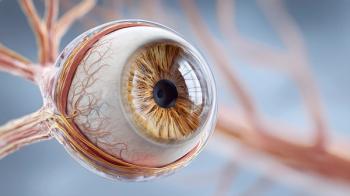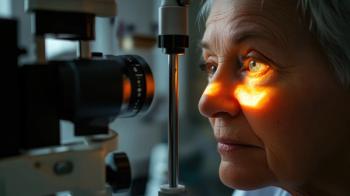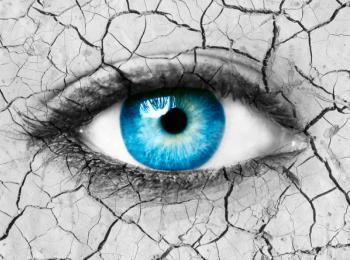
Diabetic Retinopathy on the Decline Among Native Americans
Findings reported in JAMA Opthalmology show substantial decrease from 30 years ago.
Better access to eye care may be making a dent in the rates of diabetic retinopathy among Native Americans.
About 13.6% of American Indians and Alaska Natives have
However, a recent
Using data from the IHS teleophthalmology program,
Of 7,097 patients who had no DR in 2015, 18% had mild NPDR or worse in 2016-2019. The incidence rate from no DR to any DR was 69.6 cases per 1,000 person years at risk. Roughly 6% of participants had a 2-plus step increase from no DR to moderate NPDR or worse; 27% of those with mild NPDR progressed to moderate or worse; 2.3% progressed to severe NPDR or worse.
Noting that the estimates of DR incidence and progression were lower than those previously reported for American Indians and Alaska Natives, these researchers suggest extending the time between DR re-evaluations for certain patients in this population, “if follow-up compliance and visual acuity outcomes are not jeopardized.”
The researchers give credit to IHS programs, such as the Special Diabetes Program for Indians and the American Telemedicine Association Category 3 teleophthalmology program. Both have increased access to diabetes treatment services; the teleophthalmology program alone conducted 264,437 examinations of 120,075 patients between 2000 and 2021.
“Coinciding with this expansion of diabetes programs and medications,” the researchers say, “the prevalence of diabetic eye disease in American Indian and Alaska Native individuals served by the IHS teleophthalmology program appears to have declined.”
Newsletter
Get the latest industry news, event updates, and more from Managed healthcare Executive.





















































